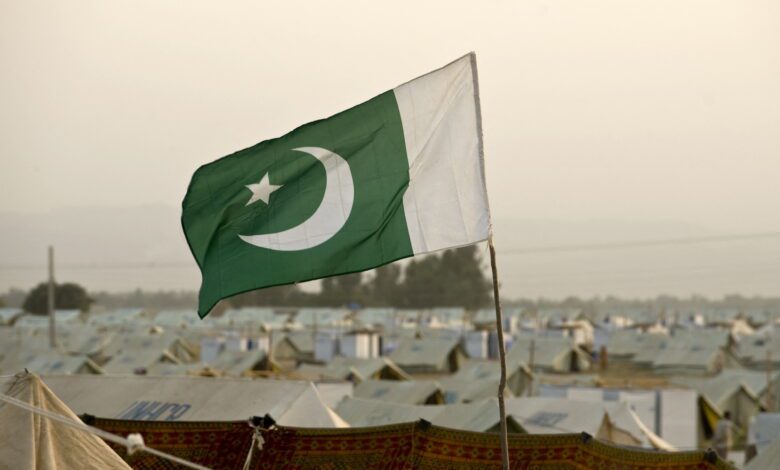Pakistan set to become the 4th biggest debtor of the IMF
The South Asian country will overtake Ecuador after getting a $3 billion loan from the IMF.

Debt-ridden Pakistan is set to become the 4th biggest debtor of the International Monetary Fund (IMF) after receiving a fresh $3 billion loan in the coming nine months under the Stand-By deal made with the IMF. The country is facing its worst economic crisis since independence in 1947. However, the deal still needs to be approved by the IMF’s board.
Ahead of Pakistan in the ranking is Argentina ranking first with $46 billion, followed by Egypt with $18 billion, and Ukraine in the 3rd place with $12.2 billion. Ecuador was in the 4th place with $8.2 billion but Pakistan will soon go ahead of Ecuador with $10.4 billion.
Around 93 countries owe money to the IMF, despite this large number, the top 10 debtors owe 71.7% of the total debt, which comes to a staggering $155 billion. Pakistan is also the largest IMF borrower in the Asia region. In August 2022, Pakistan received $1.1 billion from the IMF as part of a $6.5 billion aid agreement back in July 2019.
IMF figures show that as of March 31 of this year, the international lender has provided loans totaling USD 155 billion or USD 115.2 billion in special drawing rights (SDRs) to help weak economies and balance the global financial system. Utilizing IMF statistics on the SDR’s value on March 31, this year, which was USD 1.345, this dollar amount was determined. The SDR serves as the global lender’s unit of account for calculating the value of the assistance provided to its member nations.
In recent years, Pakistan’s economy has been falling exponentially bringing huge amount of pressure on the poor and middle class due to unchecked inflation, making it close to impossible for a majority to even make ends meet. Be it the catastrophic floods last year, or the Russia-Ukraine war hiking the prices of basic commodities, the people have been suffering continuously. Over 1,500 lives were lost during the floods last year, wiping off acres of farmland and causing billions of dollars in financial losses.



